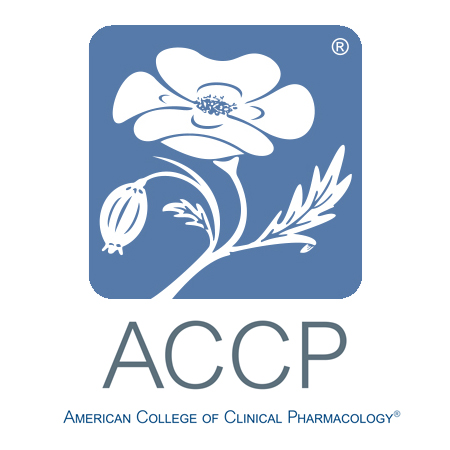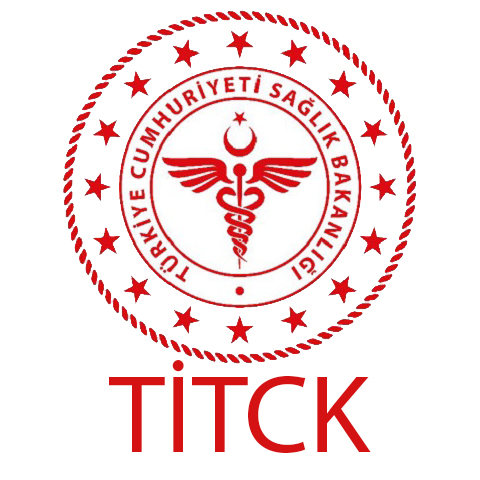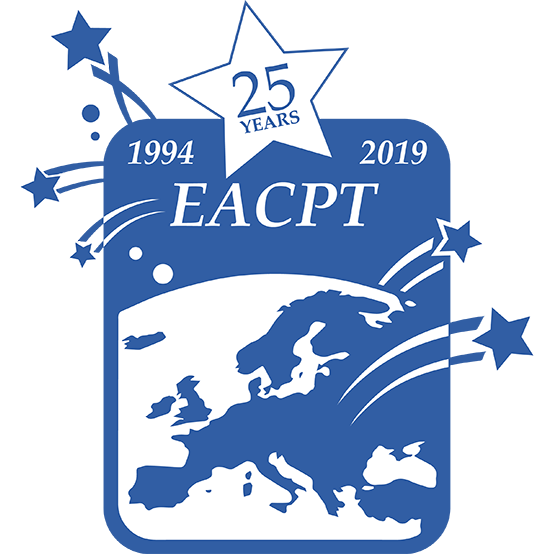
ABD de Albert Einstein Tıp Fakültesinde 323 hastaya 10 gün süre ile adele gevşetici veya morfin benzeri ilaçlarla combine edilen naproksen verilen hastalarda ne oksikodon (kodein benzeri), ne parasetamol ve need siklobenzaprin (adele gevşetici) tek başına naproksenden daha fazla analjezik etki göstermemiştir.
Naproksen-kodein kombinasyonu Türkiyede bilinçsiz olarak yaygın bir şekilde kullanılmakta ve ciddi yan etkilere sebep olmaktadır.
Original Investigation | October 20, 2015
Naproxen With Cyclobenzaprine, Oxycodone/Acetaminophen, or Placebo for Treating Acute Low Back Pain A Randomized Clinical Trial
Benjamin W. Friedman, MD, MS1; Andrew A. Dym, BS2; Michelle Davitt, MD1; Lynne Holden, MD1; Clemencia Solorzano, PharmD3; David Esses, MD1; Polly E. Bijur, PhD1; E. John Gallagher, MD1
JAMA. 2015;314(15):1572-1580. doi:10.1001/jama.2015.13043.
Importance Low back pain (LBP) is responsible for more than 2.5 million visits to US emergency departments (EDs) annually. These patients are usually treated with nonsteroidal anti-inflammatory drugs, acetaminophen, opioids, or skeletal muscle relaxants, often in combination.
Objective To compare functional outcomes and pain at 1 week and 3 months after an ED visit for acute LBP among patients randomized to a 10-day course of (1) naproxen + placebo; (2) naproxen + cyclobenzaprine; or (3) naproxen + oxycodone/acetaminophen.
Design, Setting, and Participants This randomized, double-blind, 3-group study was conducted at one urban ED in the Bronx, New York City. Patients who presented with nontraumatic, nonradicular LBP of 2 weeks’ duration or less were eligible for enrollment upon ED discharge if they had a score greater than 5 on the Roland-Morris Disability Questionnaire (RMDQ). The RMDQ is a 24-item questionnaire commonly used to measure LBP and related functional impairment on which 0 indicates no functional impairment and 24 indicates maximum impairment. Beginning in April 2012, a total of 2588 patients were approached for enrollment. Of the 323 deemed eligible for participation, 107 were randomized to receive placebo and 108 each to cyclobenzaprine and to oxycodone/acetaminophen. Follow-up was completed in December 2014.
Interventions All participants were given 20 tablets of naproxen, 500 mg, to be taken twice a day. They were randomized to receive either 60 tablets of placebo; cyclobenzaprine, 5 mg; or oxycodone, 5 mg/acetaminophen, 325 mg. Participants were instructed to take 1 or 2 of these tablets every 8 hours, as needed for LBP. They also received a standardized 10-minute LBP educational session prior to discharge.
Main Outcomes and Measures The primary outcome was improvement in RMDQ between ED discharge and 1 week later.
Results Demographic characteristics were comparable among the 3 groups. At baseline, median RMDQ score in the placebo group was 20 (interquartile range [IQR],17-21), in the cyclobenzaprine group 19 (IQR,17-21), and in the oxycodone/acetaminophen group 20 (IQR,17-22). At 1-week follow-up, the mean RMDQ improvement was 9.8 in the placebo group, 10.1 in the cyclobenzaprine group, and 11.1 in the oxycodone/acetaminophen group. Between-group difference in mean RMDQ improvement for cyclobenzaprine vs placebo was 0.3 (98.3% CI, −2.6 to 3.2; P = .77), for oxycodone/acetaminophen vs placebo, 1.3 (98.3% CI, −1.5 to 4.1; P = .28), and for oxycodone/acetaminophen vs cyclobenzaprine, 0.9 (98.3% CI, −2.1 to 3.9; P = .45).
Conclusions and Relevance Among patients with acute, nontraumatic, nonradicular LBP presenting to the ED, adding cyclobenzaprine or oxycodone/acetaminophen to naproxen alone did not improve functional outcomes or pain at 1-week follow-up. These findings do not support use of these additional medications in this setting.
Trial Registration clinicaltrials.gov Identifier: NCT01587274







